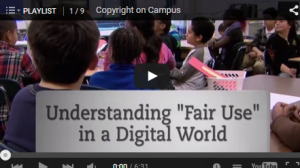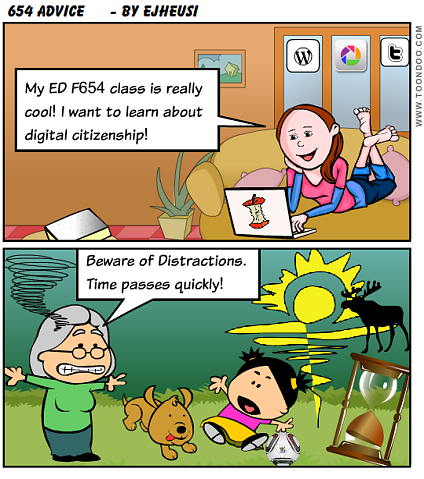I don’t think I ever really finished this assignment, but will post it anyway instead of letting it sit forever in draft form.
In addition to the sources I discovered in my Search and Research 1 assignment, I also explored the following:
Each site has many links to other resources, so the ‘narrowing’ is still fairly mind-boggling.
There may be an assumption that all students are familiar with social networking such as facebook. However, some of my older students are just beginning school and most technology is new to them. To help explain the how and why of social networking, I would use BrainPop’s video . Although it is a little long, it is complete. Students may find their other movies helpful as well.
The Google Digital Literacy site included three classes:
- Become an Online Sleuth
- Manage your Digital Footprint
- Identirfy Tricks and Scams Online.
To gain an awareness of the impact of online activity, curriculum developed by Lisa Nielsen at What’s your digital footprint? Discover your online identity. This included a video with graphics filled with fingerprints. I think that was a great way to emphasize the footprint/fingerprint aspect. This online flyer included a link for various student ages with actual lesson materials to explore the topic.
I found all kinds of lessons on digital citizenship for differing ages at Common Sense Education. Since my students are generally age 18-70, I reviewed materials for the highest level, grades 9-12.
Poster for my target students: Top 10 Things to Think About before you Post There are also a couple of classroom posters for digital citizens. I like the way this one includes time management of activities.
I found this nice infographic on digital citizenship, posted by Mia. I think she’s shown specific aspects to be considered.

Digital passport includes games that would be too young for my students.
Safe connects has online safety training manuals for adults. Being smart about your online presence is part of digital literacy. The site coves the basic topics of malware, netiquette, e-mail and passwords, instant messaging, cyber bullying, community sites, and hate websites.
InCtrol offers lessons for students in grades 4-8 covering digital citizenship. It includes directions of how to integrate digital citizenship into any subject area, which I appreciate.
Digital Citizenship resources from Edutopia cover the topics of internet safety and cyberbullying, digital responsibility, media and digital literacy, other edutopia resources, and other web resources.
For copyright issues, I would use Amy Borovoy’s (aka VideoAmy) youtube videos on copyright issues (click graphic below to access playlist):

Some of the videos in the playlist include classroom discussions. Instead of just watching the discussion, I’ll conduct the discussion with my own classroom students.
This video content included copyright, fair use, and creative commons. Although there are many other aspects of digital citizenship, the topic is so important that I think it is worth inclusion.
Seven Deadly Digital Sins







